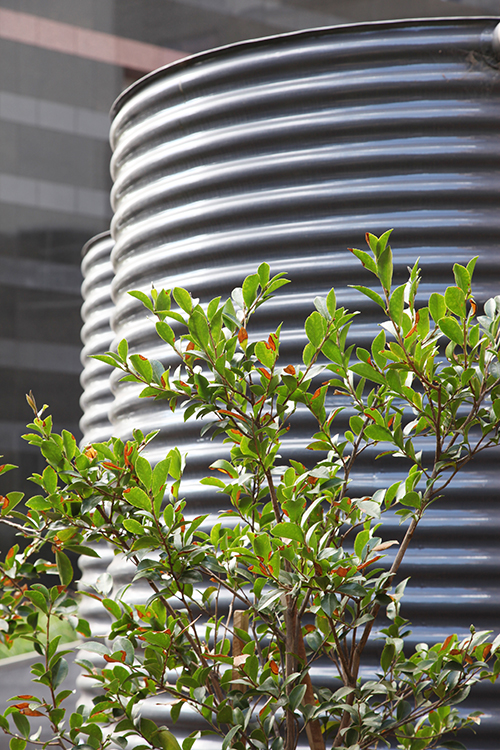What a winter! You’ve no-doubt heard by now of the countless rainfall records getting broken in Perth over the last few months. As we also know, it’s fair to say this topic isn’t always talked about in the most positive light. We West Aussies love getting outdoors, and with most of Australia enduring long-term lockdowns, as well as periodic lockdowns here over the last few months, our desire to get out and about is no longer taken for granted.
However, these dreary days can mean far more than the usual ‘good for the farmers’ line we all love to repeat (as helpful as metro area rain is for our farmers…). Rainwater is one of our most valuable yet underutilised natural resources, with multiple benefits for both the household and the environment. While costs are certainly involved in setting your home up to harvest rainwater, rebates are available from all levels of government, and the possibilities are endless:
It all depends on quality
Naturally, uses for Rainwater and subsequent savings made, increase depending on what you get out of your system. Uses for gardening and lawn irrigation is the simplest in this regard, as collected water can more or less be used as is. Clothes washing and toilet flushing is slightly more complicated, but still doable as the water must then be filtered to a point where it’s both clear and odourless. Bathing and drinking however, requires a system which both filters and disinfects the water so it remains low in dissolved solids and without pathogens, toxins and heavy metals.

Watch out for pesky mozzies!
Of course, a big, open body of fresh water in your backyard is just going to scream ‘mosquito paradise’. As a result, it’s important to ensure all appropriate screening around your system takes place to avoid an ideal breeding habitat, and thereby increasing the functionality of your collected water.
What your setup should have
As mentioned, rainwater varies in quality and therefore its uses. In order to get the most out of it, there’s a few stages which your rainwater needs to go through in order to ensure proper filtration and harvesting. Roofs and gutters must be cleaned before installation, and guarded with screening for not only insects, but also leaves and other bits and pieces from around the backyard. Lastly, a first-flush diverter is vital in maintaining quality, as the first rain after an initial dry spell will often wash out accumulated waste such as dust and droppings, creating a sediment in your tank. This can be fixed by either storing this first runoff and draining it, or simply diverting it altogether.
The possibilities really are endless when it comes to utilising rainwater, not to mention how much you’d get out of it this winter in particular! As well as the aforementioned methods, sizes and types of tanks vary a large amount, especially if you’re aiming for more uses. Like many environmentally conscious changes to the Australian household, there’s little reason to avoid it, as it’ll only mean good things for your hip-pocket as well.